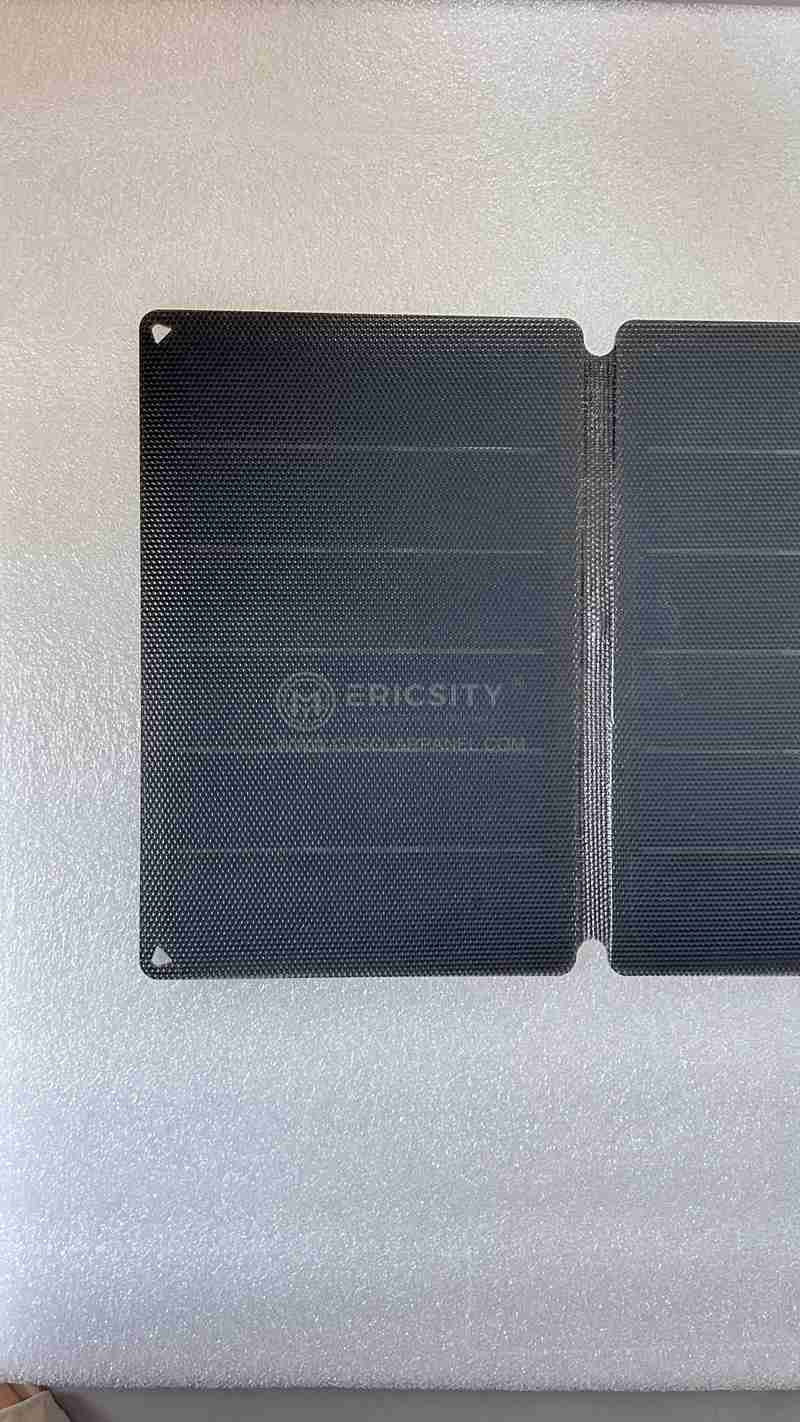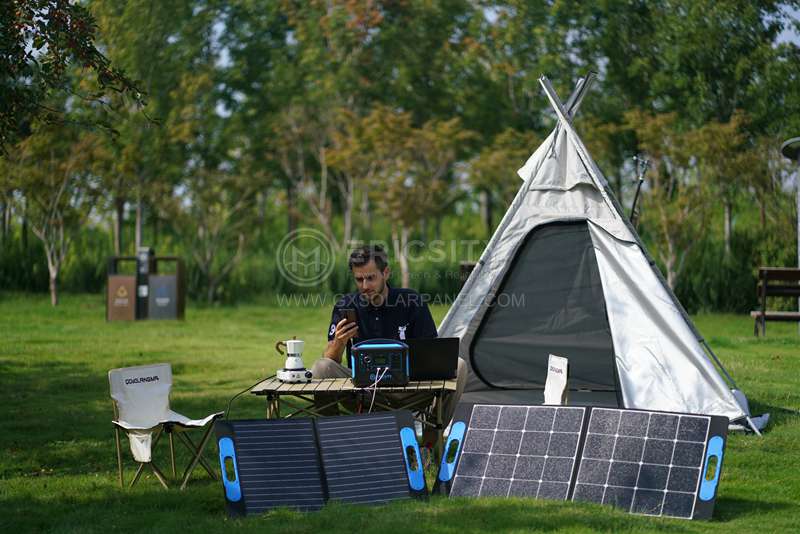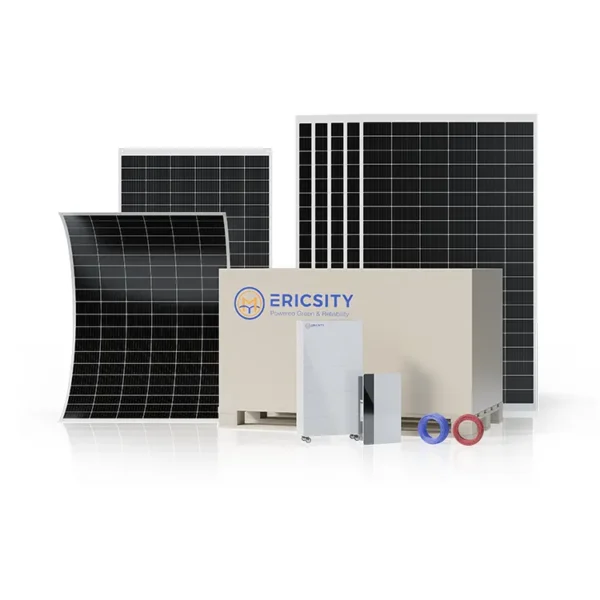HOT PRODUCT
Product Details
the Science Of Amorphous Flexible Solar Panel Efficiency
The Science of Amorphous Flexible Solar Panel Efficiency
Solar energy has emerged as a promising alternative to traditional sources of power, offering a clean and renewable solution to meet our growing energy demands. Among the various types of solar panels available, amorphous flexible solar panels have gained considerable attention due to their unique properties and potential for versatile applications. In this article, we explore the science behind the remarkable efficiency of amorphous flexible solar panels.
Conventional solar panels typically use crystalline silicon as the primary material for converting sunlight into electricity. However, amorphous silicon, a non-crystalline form of silicon, is the key component in amorphous flexible solar panels. This innovative technology offers several advantages over its crystalline counterparts, including greater flexibility, lightweight design, and improved performance in low-light conditions.
The key factor that determines the efficiency of any solar panel is its ability to convert sunlight into usable electrical energy. Amorphous flexible solar panels achieve this through the photovoltaic effect, a process by which photons from sunlight excite electrons in the amorphous silicon, generating an electric current. The unique atomic structure and electrical properties of amorphous silicon contribute to its high efficiency by allowing more photons to be absorbed and converted into electricity.
One of the main advantages of amorphous flexible solar panels is their ability to capture a wider range of the solar spectrum. Unlike crystalline silicon, which requires a thick layer to absorb sunlight effectively, amorphous silicon can harness a broader range of wavelengths, including infrared and ultraviolet light. The increased absorption of photons enables amorphous flexible solar panels to generate electricity more efficiently, even under low-light conditions.

Moreover, amorphous silicon possesses greater tolerance to high temperatures compared to crystalline silicon. Traditional solar panels may experience a decrease in efficiency as temperatures rise, leading to energy loss. The amorphous structure of flexible panels allows them to maintain their performance even at elevated temperatures, resulting in consistently high efficiency throughout their operation.

Additionally, the flexible nature of amorphous panels opens up a wide range of applications that were previously impossible with conventional rigid solar panels. By integrating thin-film technology, amorphous flexible solar panels can be easily incorporated into various surfaces, such as roofs, windows, and even fabrics. This versatility offers new possibilities for solar energy integration in buildings, vehicles, and portable devices.

While amorphous flexible solar panels provide several advantages, they still face challenges in terms of cost and durability. The manufacturing process for amorphous panels is complex and often involves deposition techniques such as chemical vapor deposition or sputtering, which can be expensive and time-consuming. However, ongoing research and development efforts are aimed at improving the cost-effectiveness of production methods.
Furthermore, while amorphous flexible solar panels are relatively durable, they can degrade over time due to prolonged exposure to sunlight and outdoor elements. Efforts are being made to enhance their long-term stability and efficiency, such as encapsulating the panels to protect them from moisture and other environmental factors.
In conclusion, amorphous flexible solar panels represent an exciting advancement in solar energy technology. Their unique properties, including increased light absorption, flexibility, and improved performance under various conditions, contribute to their overall efficiency. With ongoing research and technological advancements, amorphous flexible solar panels have the potential to revolutionize the way we harness solar energy and integrate it into our daily lives.




